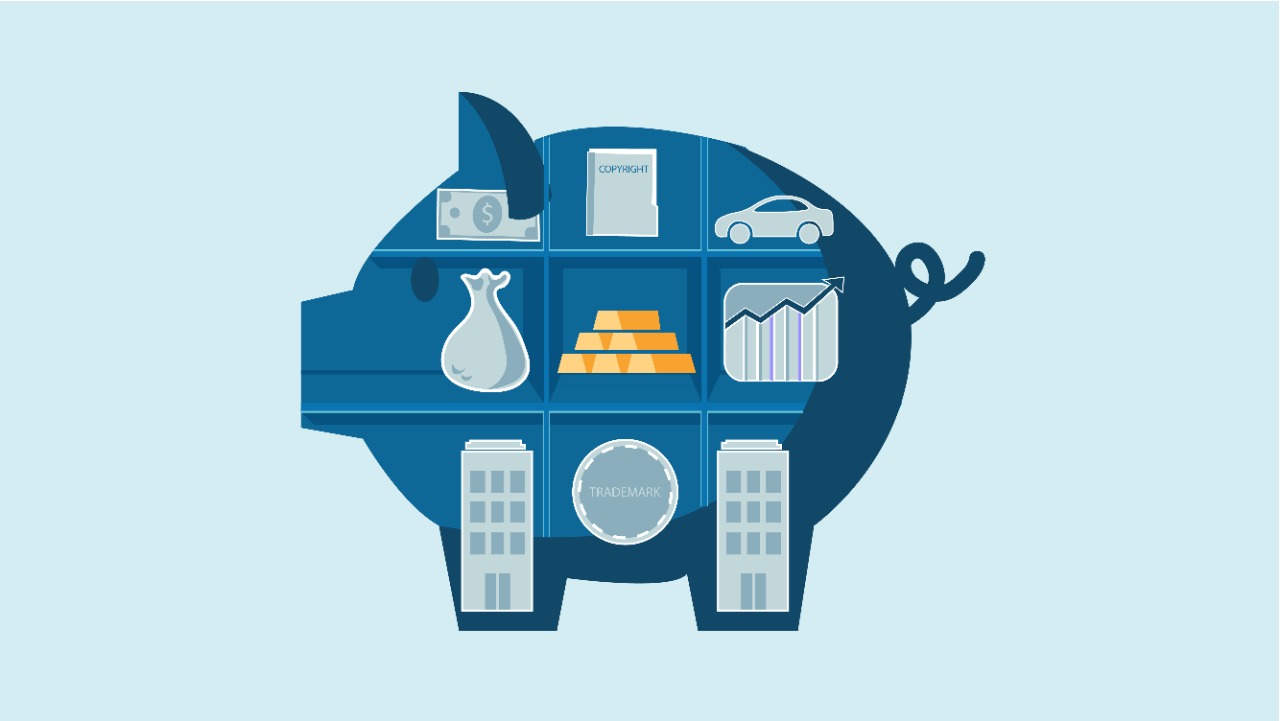
What are Assets?
An asset is any resource owned by a corporation, individual, or government to produce value, owned with the expectation to generate positive economic value. Assets represent ownership, the benefit could be a result of owning the asset, using it, or simply selling the asset off in the future.
Assets can generate future cash flows. Correct classification and identification of assets is critical to understanding and better organization of finances, be it for an individual or a company.
Classification of Assets:
A) Based on Convertibility: The classification parameter is, roughly speaking, the time for which the asset is owned.
- Current Assets: Assets that are converted to cash or are consumed within one year are listed as current assets. Current assets are often used by companies to fund their day to day operations as they can be converted to cash very quickly. Based on the value of the current assets on the balance sheet, one can analyze the ability to meet its short term liabilities and understand a company’s financial standing if there are solvency issues. They include:
- Cash
- Cash equivalents
- Stocks
- Marketable Securities
- Inventory
- Fixed Assets: Fixed assets or Non-Current assets are those that the owner utilizes and has a life of more than a year and they are illiquid, ie. they cannot be converted to cash very easily. Fixed assets are long term assets. Other than land fixed assets tend to lose their value over time, they can be depreciated. Knowing what is a fixed asset plays an important role in a company’s evaluation. They include:
- Company Vehicles
- Office Furniture
- Machinery and equipment
- Buildings
B) Based on the Physical Existence: Simply put, can you touch it or not?
- Tangible Assets: Tactile assets that can be perceived by touch. Most fixed assets are tangible in nature. Most fixed assets are tangible but tangible assets can be either fixed or current. The physical condition of these assets tends to deteriorate over time and hence depreciation is applicable to most of the tangible assets. Some examples are:
- Art
- Furniture
- Gold
- Wine
- Car
- House
- Intangible Assets: These are the assets that lack physical perceptibility and measuring their value is a challenge. They include:
- Copyrights
- Patents
- Trademarks
- Licenses
- Trade Names
- Websites may be considered tangible or intangible based on the regulations in the country.
C) Based on Ownership: Depending on whether a business or an individual owns the asset, classification is done.
- Personal Assets: Assets that hold present or future value for its owner could be an individual or household. Some good examples are:
- Personal Property
- Cash and its equivalents
- Insurance, policies, mutual funds, pensions, etc.
- Business Assets:
- Operating Assets: The assets that are required in the daily operation of a business and are used to generate revenue. For example, cash, stock, building, machinery, patents, copyrights, and maybe even goodwill.
- Non-Operating Assets: These assets are not essential for daily business operations, still capable of generating revenue. Mathematically, the invested capital is equivalent to the funds invested in non-operating assets. Some examples of such assets are:
a) Short-Term Investments
b) Marketable Securities
c) Vacant Land
d) Interest from a FD
Importance of Assets Classification:
Understanding which asset needs to be put into which group is important because different accounting rules apply to each asset group. Studying this distinction between the assets is crucial to calculating the net worth for an individual or an organization. The data of assets on a balance sheet yields important insights for an analyst, especially useful in high-risk sectors, and to understand its solvency and financial standing. What kind of assets yields how much revenue helps in understanding the financial performance of the business’ central activities. To sum it up, having a good understanding of your assets is vital.
